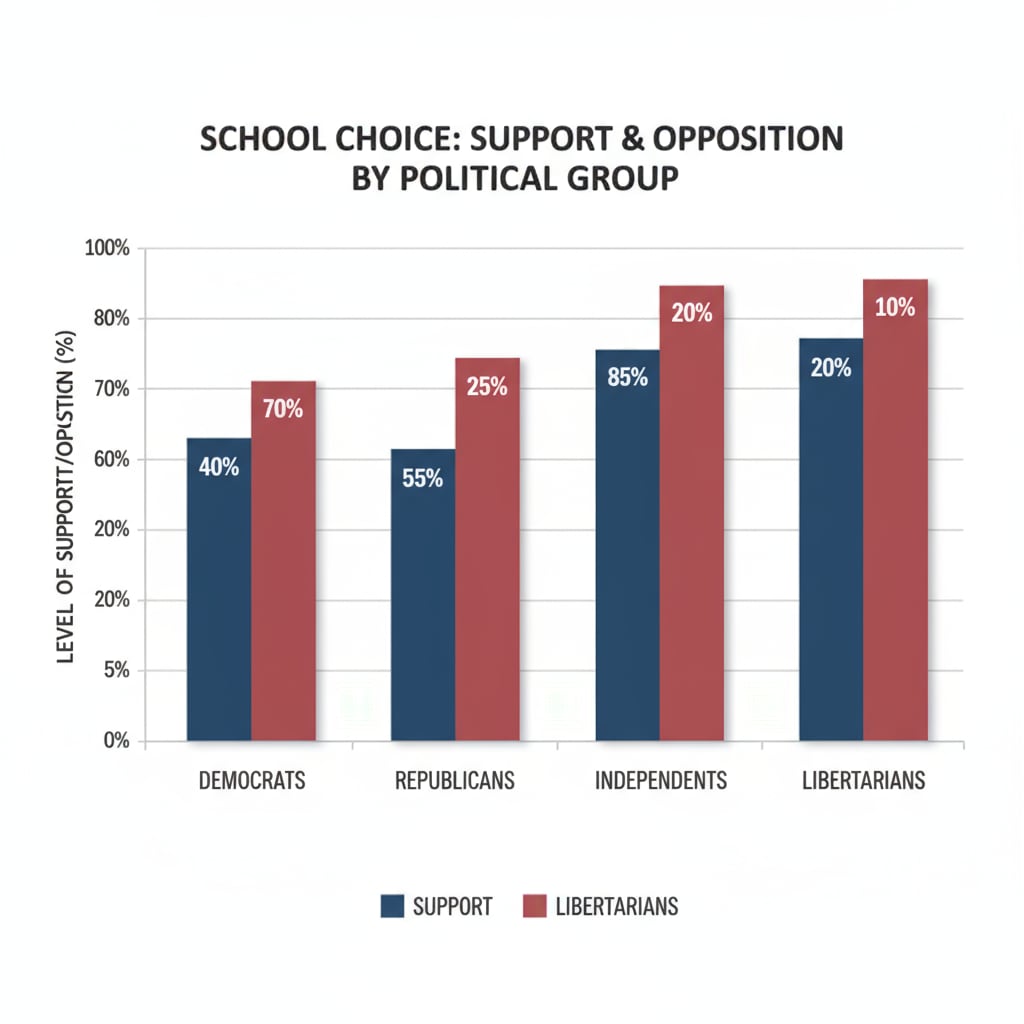School choice, political divide, and education policy are intertwined aspects of the modern educational landscape. The concept of school choice has become a hot – button issue, sparking intense political discussions. School choice generally refers to the ability of parents and students to select the school that best suits their needs, rather than being assigned to a school based solely on geographical location. This seemingly simple idea has far – reaching implications and has divided political opinions.

The Concept of School Choice
School choice encompasses various forms. One common form is open enrollment, where students can apply to schools outside of their zoned area within a school district. Another is charter schools, which are publicly funded but operate independently, often with unique educational models. Vouchers are also part of the school choice equation. These are government – issued certificates that parents can use to pay for tuition at private schools. For example, in some states in the US, parents can receive vouchers to send their children to religious or non – religious private institutions. School choice on Wikipedia
Political Divides over School Choice
Politically, school choice is a highly contested topic. Supporters, often from more conservative political camps, argue that school choice promotes competition among schools. They believe that when schools have to compete for students, they will improve their educational quality to attract more enrollees. This, in turn, leads to better educational outcomes for all students. On the other hand, opponents, typically from more liberal political groups, are concerned that school choice can exacerbate social and economic inequalities. They worry that wealthier families will be better able to take advantage of school choice options, leaving less – privileged students in underperforming schools. Education policy on Britannica

Furthermore, the issue of funding is closely tied to the political divide. Supporters of school choice advocate for a more flexible funding system that follows the student, regardless of whether they attend a public, charter, or private school. Opponents fear that diverting funds from traditional public schools to other types of schools will weaken the public education system, which is considered a cornerstone of a democratic society.
Readability guidance: In this exploration of school choice, political differences, and education policy, we’ve seen how the concept of school choice has multiple dimensions. The political divide over it is mainly centered around competition, inequality, and funding. By understanding these aspects, parents and educators can form more informed opinions on this controversial educational policy.


